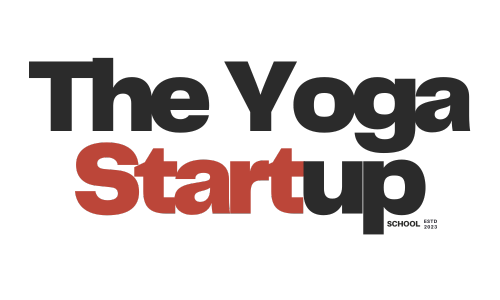The Yoga Teacher Confidence Learning Curve
Building confidence as a yoga teacher takes time. Just like learning any new task or skill, there is a learning curve to becoming a yoga teacher.
No one comes out of yoga teacher training prepared to be an expert at teaching yoga. Developing confidence in yourself as a yoga teacher, understanding student bodies and limitations, crafting yoga sequences and variations, and learning yoga theory, philosophy, and anatomy is a process.
If you’re struggling with confidence as a yoga teacher, stay on this page until the bottom.
The Learning Curve of Becoming a Yoga Teacher
Let’s start with a taste of learning progression theory.
There are different types of learning curve progression models, which are impacted by the ease or complexity of learning a new task or skill.
For example, there are four common models used to understand how someone might progress in learning a new task or skill, like learning yoga. These popular models are:
1. S-Curve
When someone is brand new to learning a task, the S-curve learning progression model is often cited to explain the learning process. With this curve there there tends to be initially a slow, but steady and steep upward progress in learning a new skill, which then tends to plateau a bit and may even decrease a bit as the task evolves or a new aspect is added to it. The curve looks sort of like the letter S.
2. Diminishing-returns learning curve
This learning curve model tends to show a steep initial learning curve when it comes to learning a new task, followed by a slowing of learning progression and then a decreasing period of learning over time.
3. Increasing-returns learning curve
With this type of learning curve progression model, when there is an extremely difficult task to learn, progress at the beginning can be slow and rises over a period of time until someone gets better and proficient at it.
4. Complex curve
A complex progression curve tends to map complex or highly sophisticated learning patterns, and may actually look like curves stacked on top of each other or followed one after another. For example, a challenging task may take time to learn and then the learner gets good at it, but then it evolves and gets tough again.
In teaching yoga, it’s possible that a learning curve could look complex, especially as a yoga teacher learns a new skill and develops more confidence, but then is faced with learning a new skill. This could also apply for a yoga teacher taking on a new yoga niche and learning the ins and outs of that new domain.
Here’s What a Typical New Yoga Teacher Learning Curve Progression Might Look Like
Thanks to AI (Gemini), here’s what a typical progression of yoga teacher confidence and teaching time might look like for a yoga teacher. As she/he spends time teaching yoga and learning more yoga, her/his confidence level grows.
Tips to Manage the Yoga Teacher/Business Owner Confidence Struggle
If you’re struggling as a yoga teacher and business owner to find your grove and self-confidence, here are some useful tips.
Sign up for continuing education programs, follow your favorite yoga teachers or gurus on social platforms, watch yoga teacher YouTube videos, and read as much as you can about the business of yoga and teaching yoga.
Dedicate time to learning and continual self-improvement. This includes having your own consistent yoga practice—this is easy to neglect when you begin teaching yoga or managing a business.
Make your yoga teaching sequences less complicated. Hold asanas longer, teach fewer postures or repetitions.
Trust your intuition.
Embrace the learning curve, the teacher journey, and every wrong left and right instruction as you go.
Journal. Write down your thoughts about the yoga teacher and business owner journey.
Join a community of yoga teachers for support, advice, and perspective.
Express gratitude for this incredible opportunity to pursue your passion, even when it feels like it’s kicking you hard in the butt.


